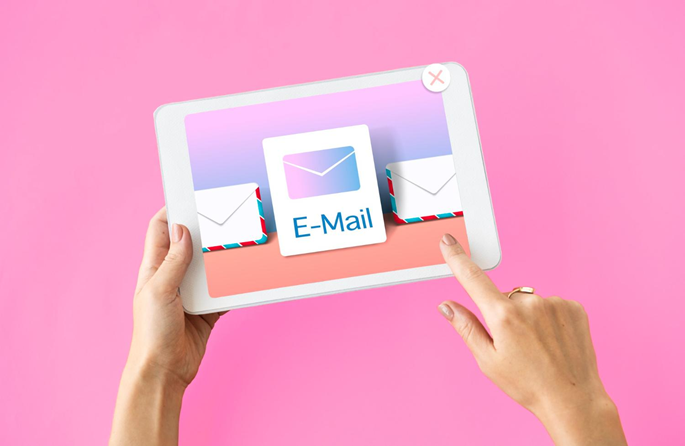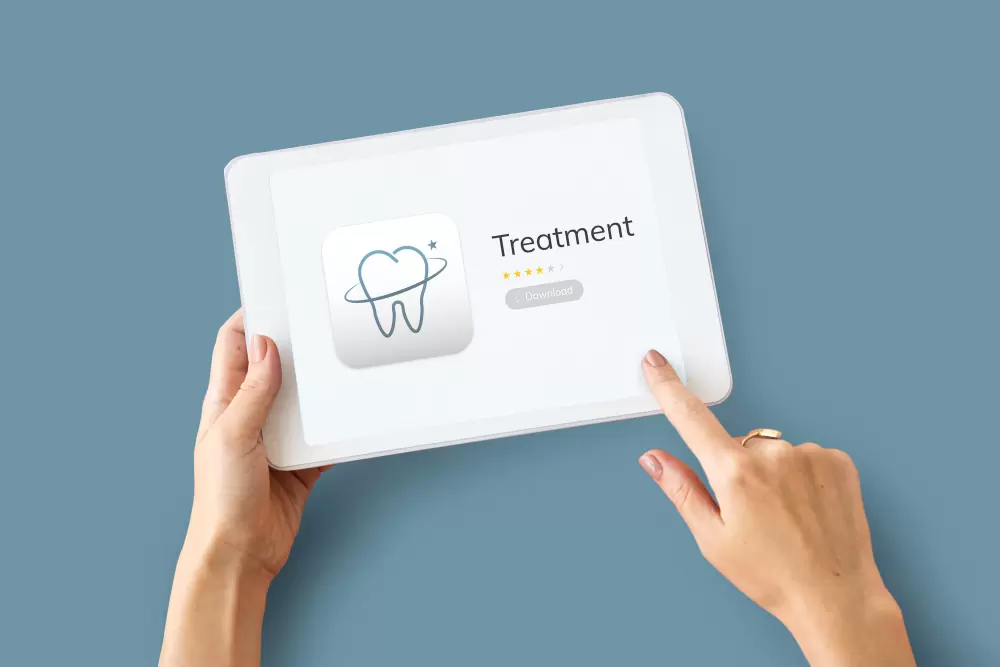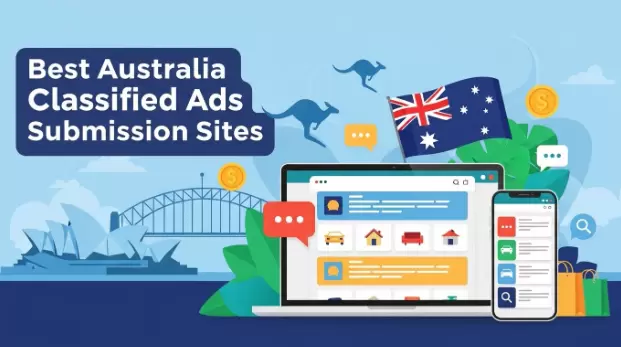The eCommerce market witnessed tremendous growth during the COVID-19 pandemic, with an increase in online sales. Many businesses shifted online due to diminished physical contact. E-commerce strategies help keep up with the market trends and get noticed by the right audience. Keep reading to learn more about E-commerce marketing strategies for 2022 and beyond.
1. Optimize Your eCommerce Website With SEO

Search Engine Optimization, or SEO, is the process of optimizing your website or online store to increase its online visibility. According to a study, 30% of all web traffic stems from online searches. Here are some advantages of SEO optimization:
- Increases brand visibility
- Gets your website ranked on search engine pages
- Helps website owners and eCommerce stores tap into organic traffic
Increasing the visibility of the eCommerce store helps boost leads and maximize profits. SEO experts identify and target industry-specific keywords and phrases and help brands incorporate them into our website through blogs, product descriptions, and web content. Using writing tricks and writing tips is another smart way to make your content rank higher.
2. Influencer Marketing
Influencer marketing is collaborating with online influencers to market products and services. Influencers are a great asset since they already have an engaged audience which will help expand our customer base. Their audience trusts them, and when they market your products, the audience is more likely to buy them. So you will have more sales and start creating invoices.
Their appealing and creative content convinces people since it is an organic method of word-of-mouth marketing, like a referral program would produce. Here's how to implement influencer marketing:
- Know our target audience. Find their go-to platforms for social interaction, be it Instagram, Twitter or Facebook.
- Identify ideal influencers that resonate with our brand's niche, ideals, values, tone, and style.
- Check your brand and influencers Instagram followers demographics.
- Look at how people interact with the influencer (if they have a good following and creativity in promoting brands and products)
- Collaborating with the influencer to create meaningful and organic content is key. Instagram storytelling through stories, posts, and reels is a great way of influencer marketing.
- Provide the influencer with promo codes to motivate them to promote your brand, and its products and services.
3. Mobile Optimization
Most of us use our mobile phones for online shopping. Over 40% of online transactions happen on mobile. Optimize your e-commerce store to suit the target audience's needs. Make sure your website is mobile-friendly by incorporating a responsive design that adapts to the audience's mobiles.

Here are a few ways to incorporate mobile optimization:
- Add mobile-friendly elements such as hamburger menus and thumb-friendly buttons. The key is to deliver a positive and seamless mobile experience so that your brand's prospects are engaged with the business.
- Optimize the site to deliver speedy results by removing or compressing unnecessary images.
- Avoid using pop-ups and sidebars, as they are difficult to close or operate on mobiles.
- Consider using a fixed navigation bar that stays on the screen, making it easier for customers to find the products.
- Put the website to the test by using Google's mobile-friendly testing tools. Know more about software testing methodologies and tools here!
4. Feature User-Generated Content
User-generated content is created by social media users who have purchased your products and shared their experiences, opinions, and decisions. This could include videos, images, ratings, reviews, etc. Billions of active users constantly upload content. For example, if they like to read about "How to calculate calorie deficit," you must create a guide with this title to grab their attention.
UGC is a very effective mode of e-commerce marketing since it is reliable, trustworthy, authentic, realistic, and organic. It is content driven and showcases the customers' real-life experiences. Here are some ways to feature user-generated content:
- Include customer reviews and ratings on your website to show your store's credibility by ensuring customer satisfaction.
- Posts from social platforms like Instagram, Snapchat, and Facebook are visual and compelling. Feature such posts in your e-commerce stores and social profiles to organically showcase your products and services.
Unlike any other forms of advertising or marketing, UGC can humanize e-commerce campaigns and help connect better with the target audience. Potential customers will likely appreciate feedback from fellow customers and make an informed choice.
5. Invest in Live Chat
Live chat is typically a pop-up or a small window on your e-commerce site where customers can chat with businesses and get their questions answered. Simply put, it is the same as recreating an online version of the sales assistant experience in a brick-and-mortar store.
Investing in a chatbot and writing your own chatbot script could prove to be a more cost-effective choice for you.
It is a game changer for eCommerce chatbot since it supports the audience in real time. Here are some advantages of live chat:
- Prompt responses can lead to purchasing decisions in seconds. Thus, increasing sales conversions.
- Serve multiple customers at once. Unlike phone support, live chat enables a single agent to talk to multiple people simultaneously. The audience need not be stuck in a queue waiting for queries to get answered.
- View valuable customer information such as chat history, purchase history, and time spent on pages to provide personalized service.
- Set up an after-hours form for customers to leave their contact information and query. This will enable you not to lose leads.
6. Personalize email marketing

Email marketing is key to connecting with customers and building lasting relationships. Here's how to get started with email marketing:
- Introduce an email marketing campaign to the audience on your eCommerce website and ask them to subscribe to the mailing list.
- Once your audience is on board, create a great first impression by sending them a welcome email. Your welcome mail should introduce your eCommerce brand and show your strengths while setting customer expectations.
- For customers with experience with the brand, send personalized recommendations for products and services via mail. 45% of consumers are more likely to shop on an e-commerce site that provides personalized recommendations. This can help their buying decisions. If a customer is looking for a product that's out of stock, send a follow-up email when it's back in stock.
- Make use of seasonal promotions and festive seasons. Festive seasons can help you earn huge revenue with good email marketing skills. Is Christmas around the corner? We can send a personalized Christmas-themed email notifying our customers of festive-themed products.
7. Retargeting
You might have seen ads on Facebook or other pages for sites we have recently visited. This is known as retargeting. Retargeting is a form of marketing where we target an audience based on their previous internet behavior. Did a potential customer window shop on your site and bounce? You can still recapture their attention. Here are some retargeting strategies:
- Create ads to be put on different websites. These ads could promote new products or advertise the latest promotions.
- Use social media as your chosen platform for retargeting. It is cheaper to put ads on Instagram, Snapchat or Facebook, and the algorithm also tracks users' online behavior.
- Cross-sell related products. If someone on our site just purchased lipstick, you can advertise an eyeshadow that goes well with the shade; this will lead customers back to our website which offers them many online payments option.
8. Upsell And Cross-Sell
Upselling is a technique brands use to convince customers to buy a more expensive, upgraded, or premium version of a purchased product. The purpose here is to make a larger sale. We all have come across fast food joints recommending upgrading our order (would you like to make it a combo?).
On the other hand, cross-selling focuses on making recommendations related to the original product. Where upsell is an upgrade, cross-sell is a whole different purchase. Use these techniques to upsell and cross-sell:
- Recommend complementary products. Utilize customer data and consider their age, lifestyle, and purchase habits to make relevant recommendations.
- Share discount coupons for customers to redeem for future purchases and showcase items they can choose.
- Send reminder emails suggesting upgraded or similar products based on their purchase history.
The bottom line is e-commerce marketing, when done creatively, strategically, and correctly, works wonders in increasing sales conversion rates. Make sure to keep up with the latest marketing trends, such as hashtag marketing, to get noticed by the right audience at the right time. Although with so many trends, designing the right eCommerce marketing campaign could prove difficult.


 Table of Content
Table of Content










